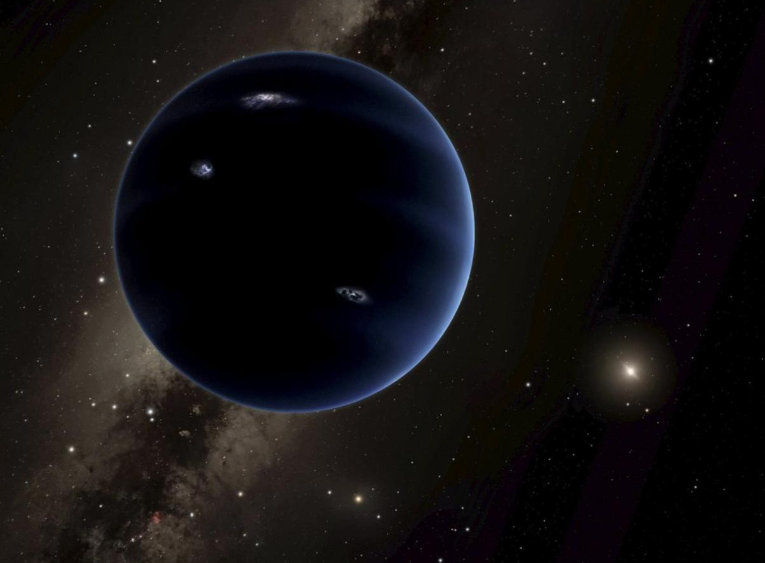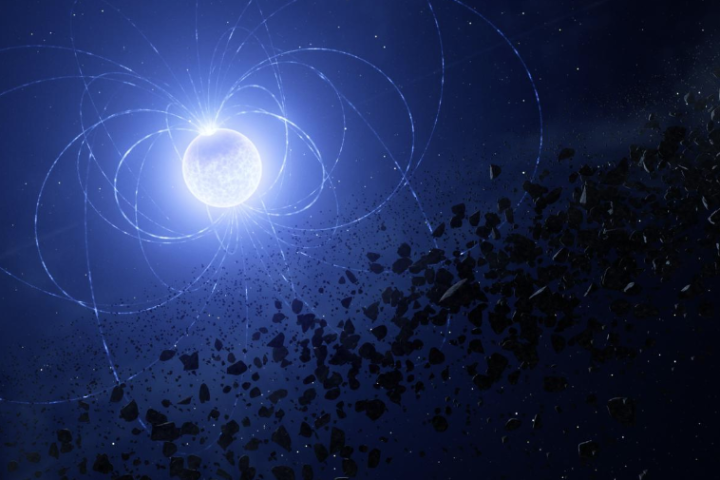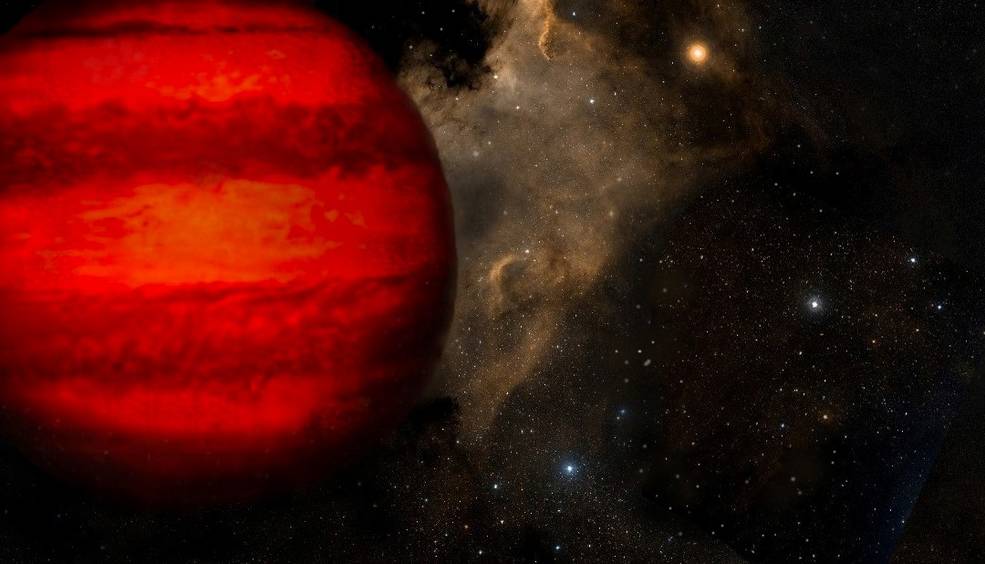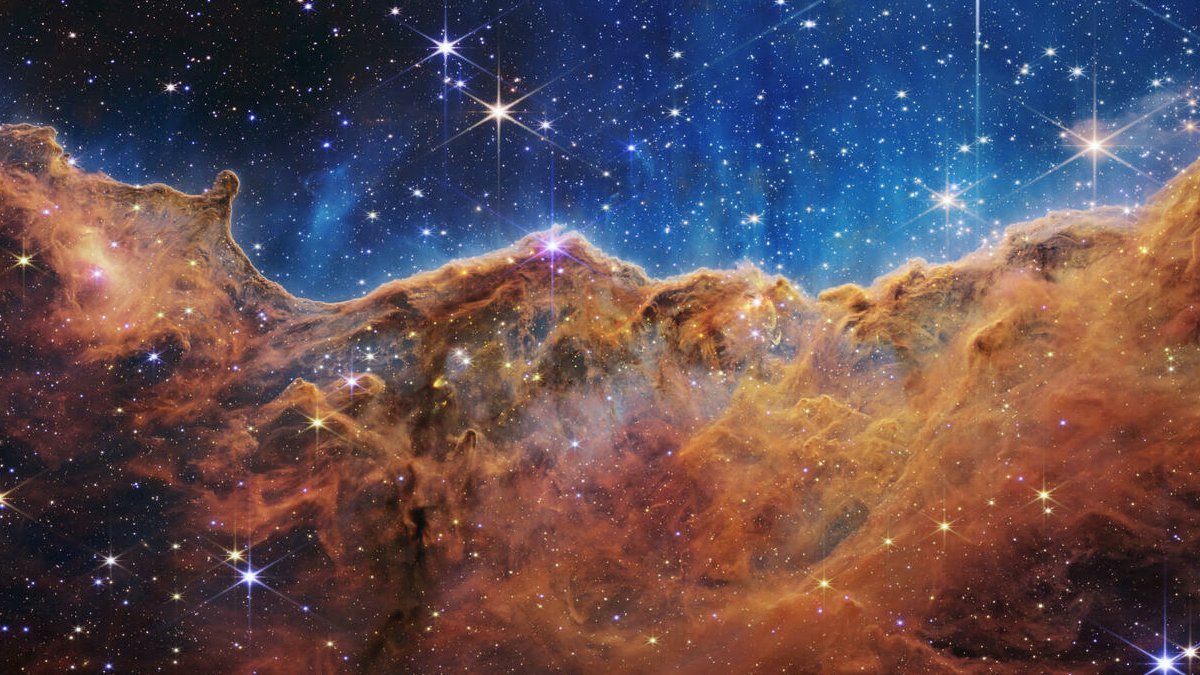New research has narrowed down the possible locations of a ninth planet lurking in the outer reaches of our solar system. This potential discovery could shed new light on the formation and evolution of our cosmic neighborhood.
The existence of Planet Nine has been hypothesized for decades based on the unexplained movements of objects in the Kuiper Belt, a region beyond the orbit of Neptune. These objects, including dwarf planet Pluto, appear to be influenced by the gravitational pull of something massive yet unseen.
To hunt for this elusive planet, astronomers are using data from the Panoramic Survey Telescope and Rapid Response System (Pan-STARRS), a powerful astronomical survey facility located at Haleakala Observatory in Hawaii.
- Global Warming Destroys Biodiversity: Could the 20°C Threshold be Breached?
- From Prey to Property: A Historical Exploration of Animal Rights
The researchers have now eliminated approximately 80% of previously predicted locations for Planet Nine. This significant advancement brings us closer to uncovering the true nature of this mysterious object.
“There are too many separate signs that Planet Nine is there,” said Mike Brown, co-author of the study from Caltech, in an interview with Universe Today. “The solar system is very difficult to understand without Planet Nine.“
According to the study, which has not yet been peer-reviewed, Planet Nine is likely to be the fifth-largest planet in our solar system if it exists. It could be the only planet with a mass between Earth and Uranus, and its elliptical orbit around the Sun could have a major axis of over 500 astronomical units (AU). For comparison, the Earth’s distance from the Sun is 1 AU.
While 78% of the predicted region for Planet Nine has been ruled out, significant areas remain that have not been observed at the necessary depth.
Scientists hope that a forthcoming survey with the Vera Rubin Observatory will further refine the possible locations of Planet Nine.
However, the researchers also acknowledge the possibility that Planet Nine may not exist at all, and new theories may be needed to explain the observed phenomena in the outer solar system.
“Until such explanations are available, we continue to regard Planet Nine as the most likely hypothesis,” the researchers added.
This ongoing quest to find Planet Nine represents an exciting chapter in our exploration of the solar system. By uncovering the secrets of this potential new world, we can gain a deeper understanding of our place in the vast cosmos.
Key Findings:
- Possible locations of Planet Nine have been narrowed down by 80%.
- Planet Nine could be the fifth-largest planet in our solar system.
- Its existence would help explain the behavior of objects in the Kuiper Belt.
- The Vera Rubin Observatory may provide further clues about Planet Nine.
- The possibility of Planet Nine not existing cannot be ruled out.





